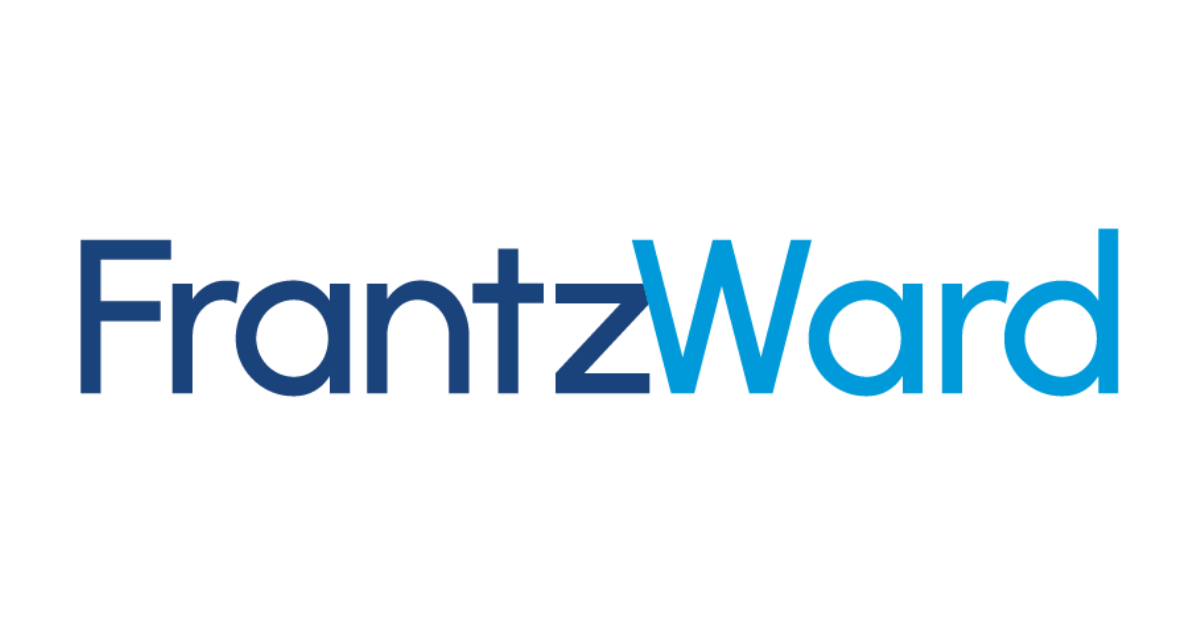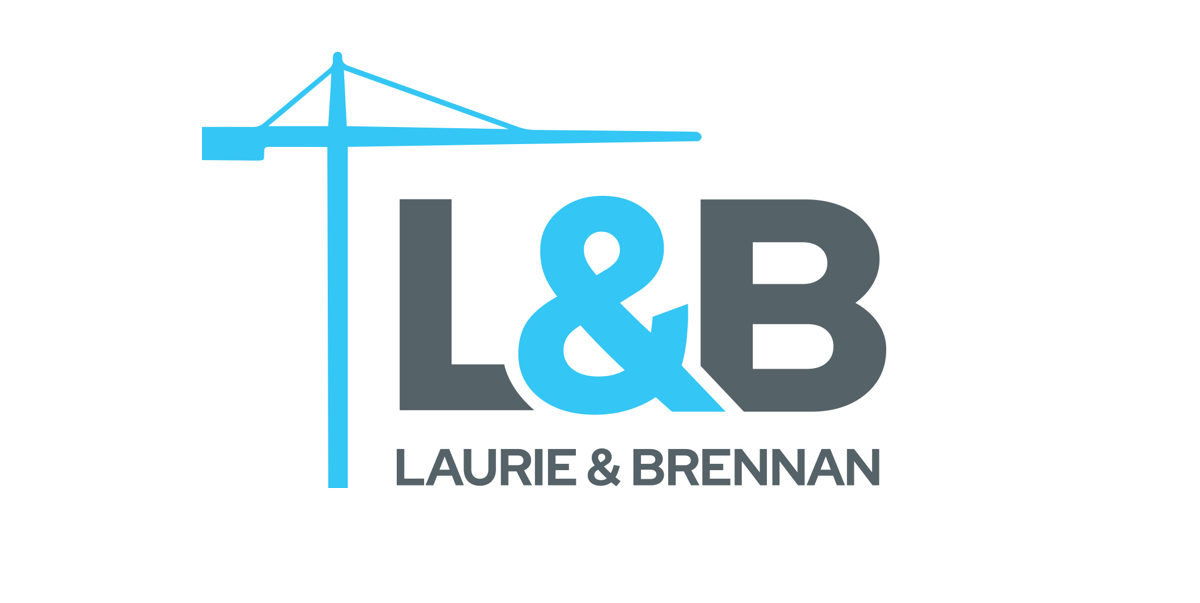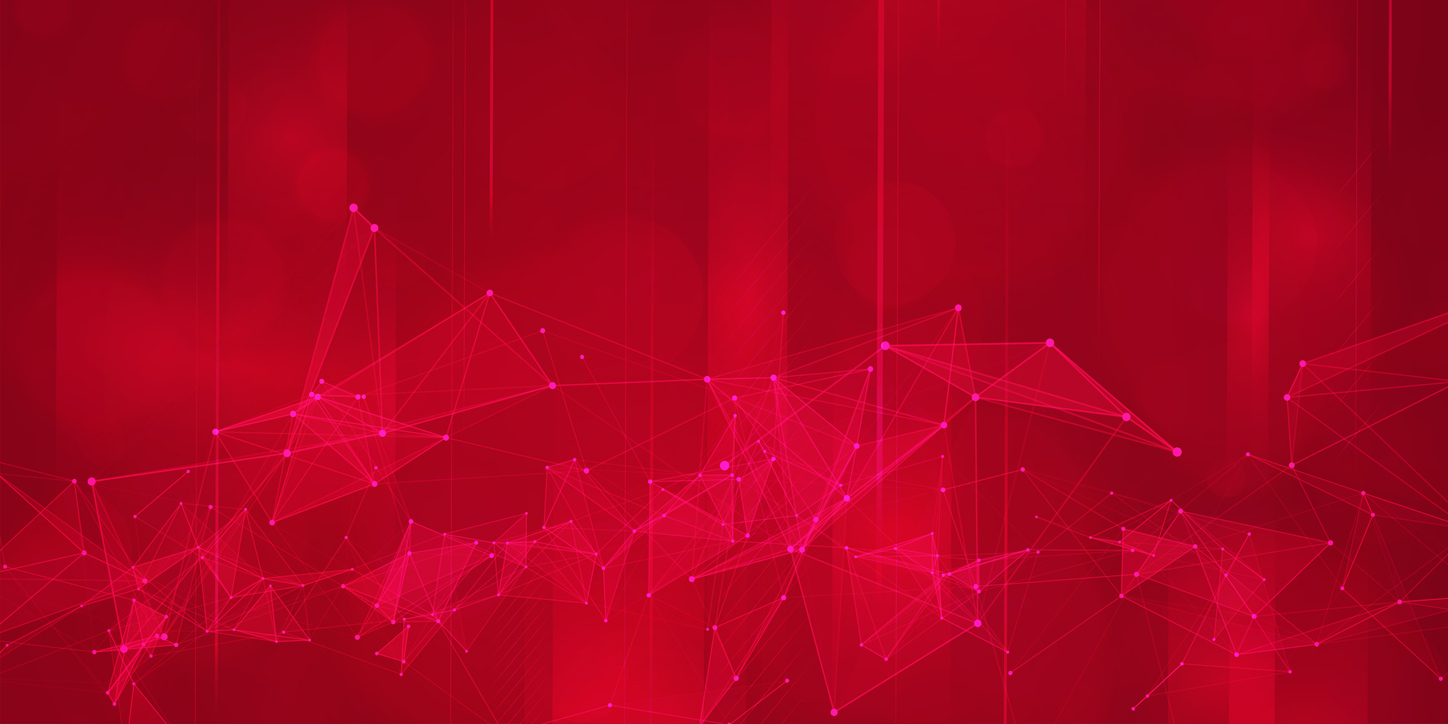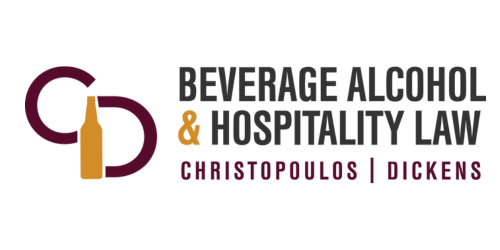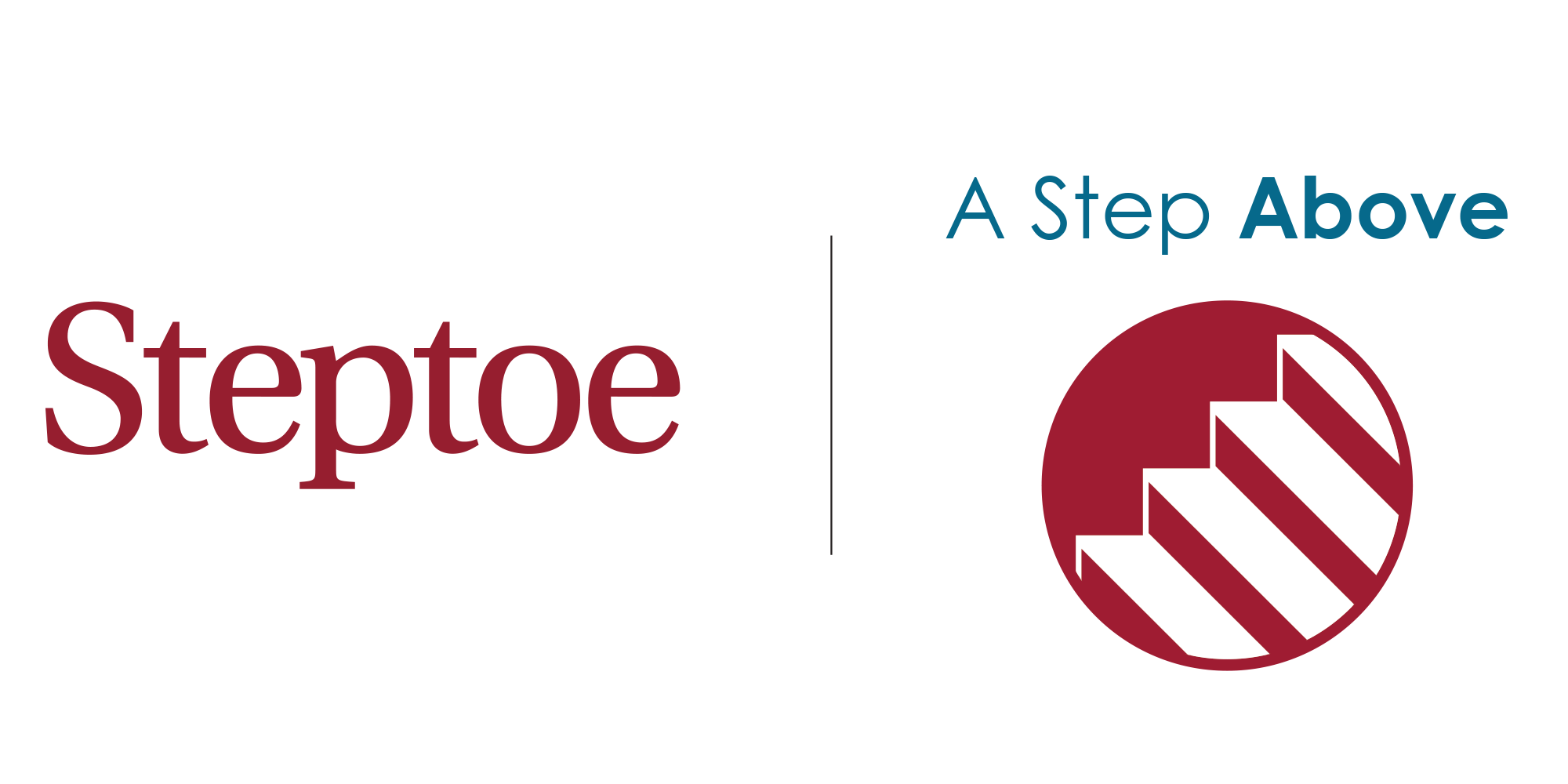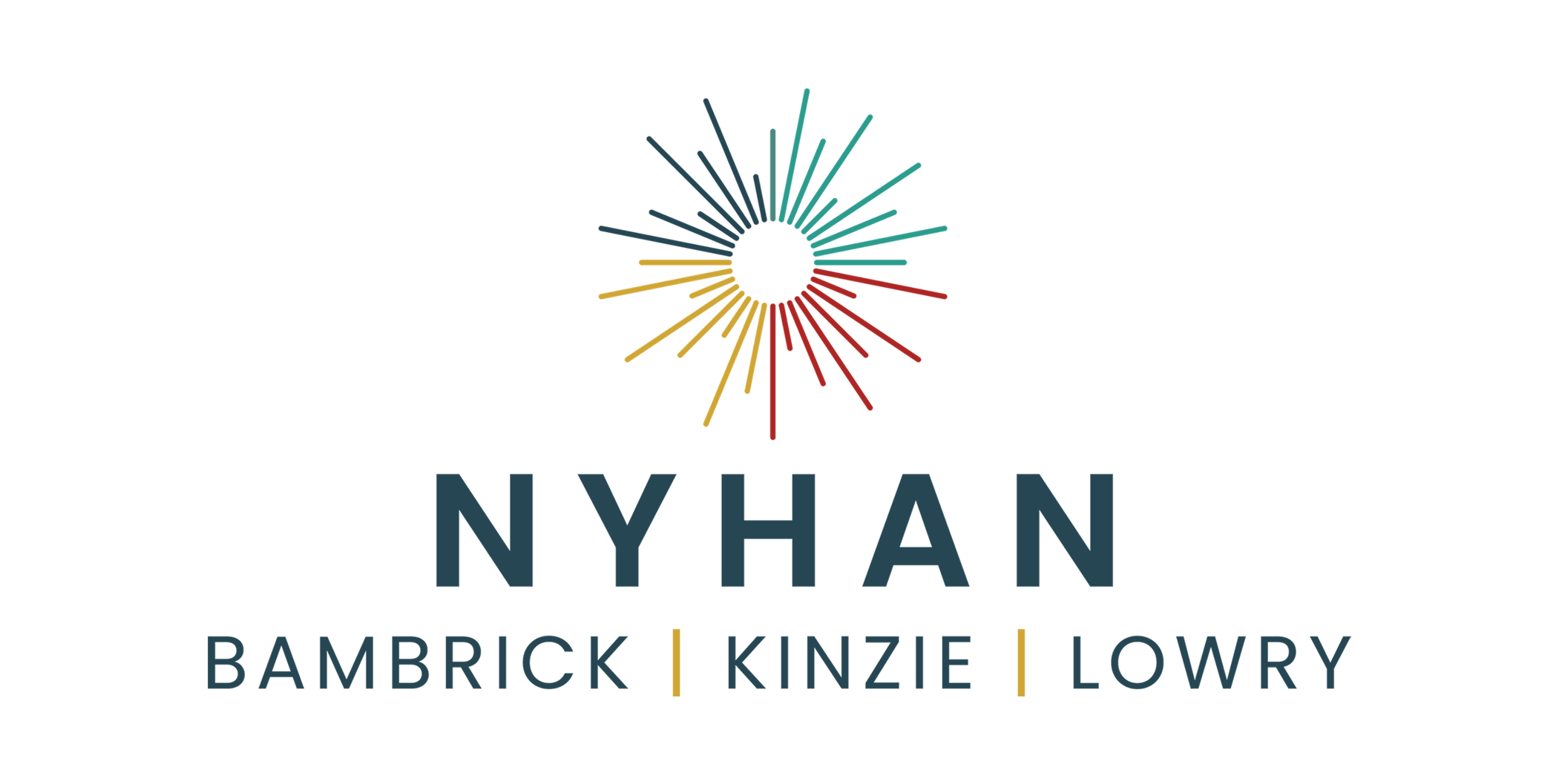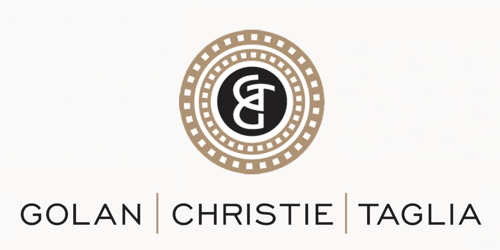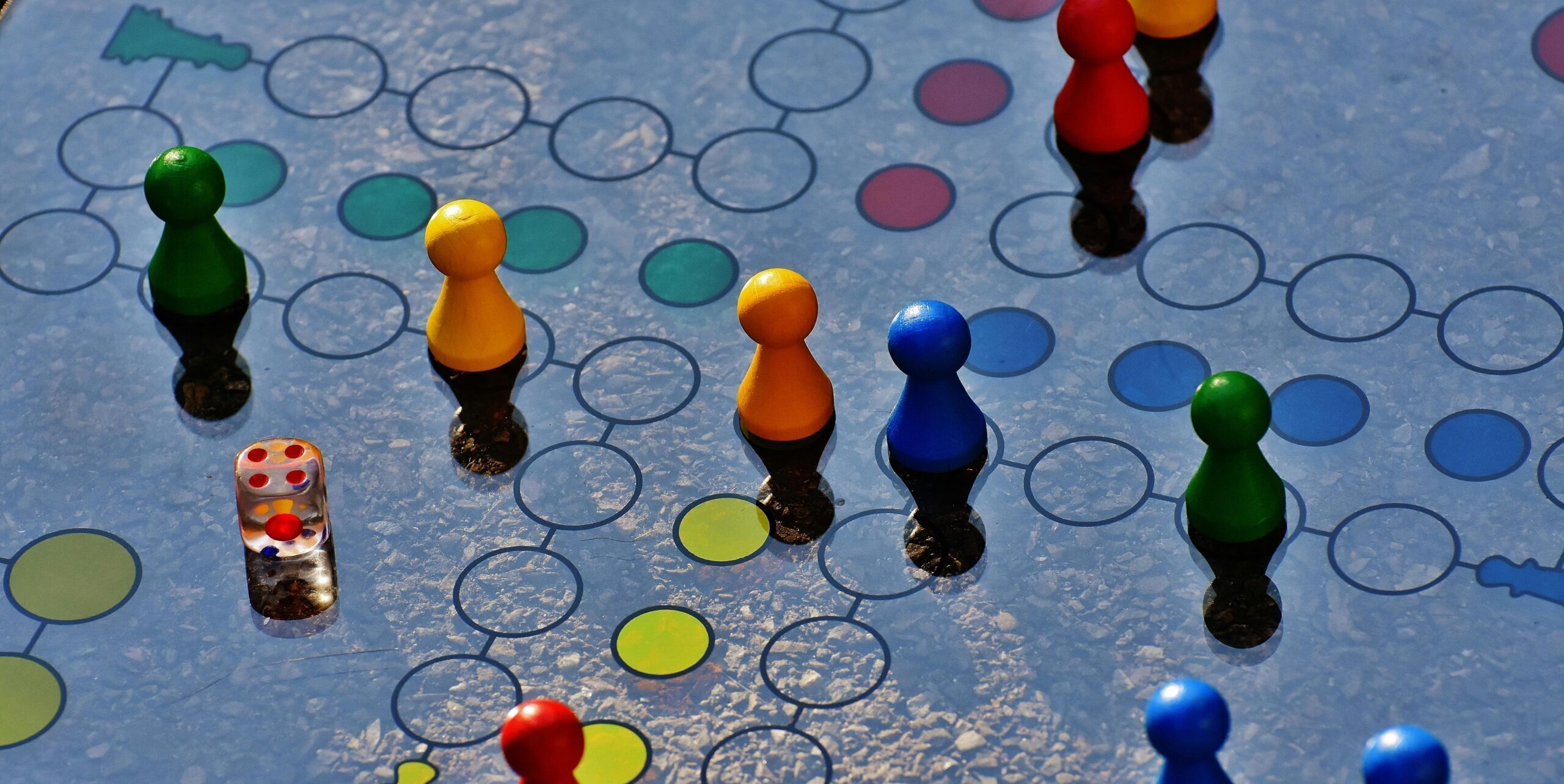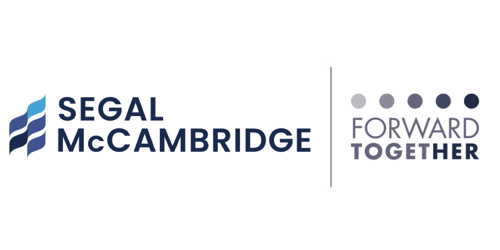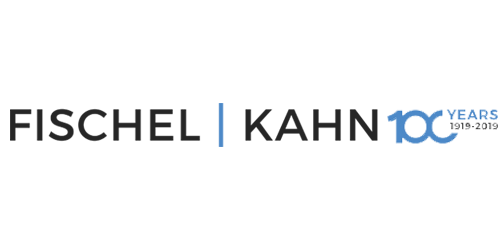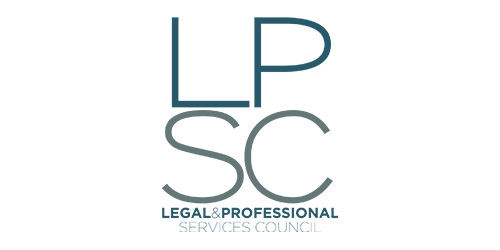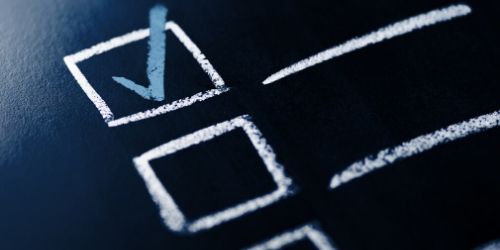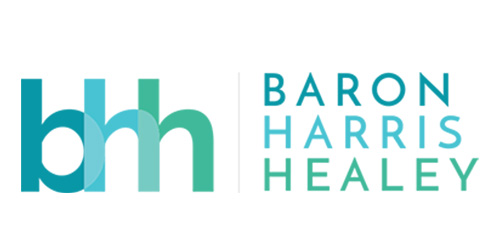Brand Building in 15 Minutes Recap – Spring Conferences: Virtual or Not…Here We Come!
In the latest Brand Building in 15 Minutes program, Builden’s Business Development and Strategic Growth Manager Devon Pine outlined best practices to ace spring conferences.
Devon discussed using upcoming conferences as way to drive business development and grow professional networks. She highlighted the need to develop a plan before entering an event, including determining SMART goals, identifying potential connections and scheduling follow-ups.
Watch the full webinar here:
The Brand Building in 15 Minutes webinar series gives attorneys, marketers and legal administrators practical tips for efficiently executing marketing and business development efforts in a bite-sized timeframe. The program topics focus on process-driven best practices that raise law firm profiles.
Builden is changing the way law firms think about marketing by turning random acts of marketing into strategies that drive business development. Our seasoned team of legal marketers help firms of all sizes better engage with clients, prospects and talent.
Enjoy insights and best practices for law firm marketing? Sign up for our newsletter here.
Video Transcription
Devon Pine (00:00):
Welcome back to Building Partners, Brand Building in 15 Minutes series. I’m Devon Pine, Business Development and Strategic Growth Manager here at Builden. We’re really excited to be here with you guys today. It may still be dreary February here in Chicago, but I’m already looking forward to spring conferences. So today we’re going to spend our, honestly 16 minutes, to find your business development style, set some goals, and even give the most networking adverse folks some tips to crush their cocktail parties. But first, you guys know us, we’re Builden Partners. We do marketing and business development strategy for law firms exclusively serving as an outsourced marketing department for firms with 15 to 100 attorneys. And with the great resignation, we’re also filling in a lot of interim marketing and communications roles at AMLaw firms these days because our senior team, we all grew up in big law firms.
(00:58)
So we get it. Alright, let’s get into it. And I want to start off by saying that you cannot just wing it. If you could, if this worked before in the past, we wouldn’t be here. It would just be Brand Building in two minutes. But at the end of the day, attending a conference without the proper preparation is a huge, missed opportunity. And that preparation has to be more than just reviewing the attendee list the day before. It’s important to take that extra step to make sure that you’re getting the highest possible return on your investment and really think about what your investments here are. It’s not just the cost of the conference and travel, it’s also your time. And we all know that three days away from the office can feel like a lot, so it’s crucial that you make the most of it.
(01:44)
Alright, so who’s up for a quick poll? I want to know what the least favorite part of conferences is. So, I’m going to go ahead and launch this poll and if you should be seeing a popup, if not, try clicking back into wherever you launched Zoom, whether it’s the Zoom app or your web browser, and we’ll go ahead and give everyone a second to answer. Is it the big intimidating networking events? The exhibit hall booth? Is it the cringey one-on-one meetings? Maybe it’s the education breakout sessions are hopefully not a snooze, but maybe they are to you and if it’s something else, please feel free to go ahead and throw that in the chat. Alright, so just wait for a couple more folks.
(02:34)
Awesome. Okay, so I’m going to go ahead, and we got the majority of folks there, so I’m going to go ahead and end the poll and we’ll share the results here. Okay, so those of you who don’t like working the exhibit hall booth, you are not alone. The good news here is, and I’ll go ahead and stop sharing this, the good news here is that you don’t need to do these things, right? Well, at least not as much as you think that you might. Everyone’s got to take their shift at the booth at some point, but part of your conference preparation should be building in the activities that you like and that you are good at. And we’re going to talk about finding your conference style on the next slide. But once you identify what that is, really leverage it. Use your strength to your advantage and lean into the things that you like to do.
(03:27)
Alright, teamwork makes the dream work. Or maybe a more appropriate saying here is it’s easier to hunt in packs. If you have the luxury to attend a conference with a group or even just one other person, use that to your advantage. Meet as a group beforehand and discuss what you like and what drains you and really make a plan around that. If you know and understand your colleague’s style, it’s going to make that a whole lot easier to tag team the conference as a whole so that your firm is well represented in each seminar, breakout, and event. Alright, I promised we would talk about how to find your style. If you’re familiar with the mindfulness app Shine, they talk quite a lot about Zaps versus Saps. And the core of this is the question, what energizes you? Zaps are the things that give us energy.
(04:23)
Maybe it’s talking to people, maybe you’re the exact opposite and it’s about finding a quiet moment to yourself. For me, it’s been listening to Megan Thee Stallion on repeat. Your SAPs are the things that drain your energy. And really think through these and take notes of those patterns because the answer to that question of “what energizes you” is going to be different and unique to all of us. How you connect with people is going to be different than I do, and vice versa. For example, I feel really energized when I go to those big networking events, but we know that 27% of you might be thinking, “ooh, that is really draining to me.” And finding what that is, that’s going to be the core of your business development style at conferences because it’s how you build relationships. And I know that I’ve been using a lot of broad examples here, but when you’re brainstorming what these are for you, really get specific.
(05:18)
So instead of saying, “I like networking events,” think about what it is that you like about them. What was fun about it in particular? Maybe it was outside, or you liked it that there was a game component to it. What are the factors that energize you? It’s also important to think outside the box. I’m so sorry if anyone can hear this construction happening in the background, but so to give an example of what I mean by thinking outside the box, I once worked with an attorney who would do some of his best networking at the airport and on the plane to and from conferences. That is my worst nightmare. But for him, it worked. He would get business from people that he met in airport bars who were going to the same conference. And looking over here at this tip in our blue bubble: As you’re brainstorming, also think about the tactics that you’ve used before that have worked for you.
(06:07).
Maybe you attended a women’s networking event that you made a lot of good connections at. If so, maybe it’s a good idea to seek out and try to replicate that same environment. And we can all relate to finding our energy lagging sometimes, right? But instead of focusing on avoiding the energy draining things, try to be more energy efficient and know where to turn based on the things that are going to give you energy. That might mean taking five minutes and finding a quiet space after a session or taking a moment to listen to your favorite pump-up song, whatever that is, build time throughout each day of the conference for your Zaps. Alright, now that we have our style, it’s time to do some practical preparation. These steps are key in both in-person and virtual conferences.
(06:58)
The first is to define your goals, and I recommend setting two types of goals. One is learning-based: What’s something that you want to take away from a conference? This might be a skill from a particular session or maybe this is getting the scoop on a potential client’s business needs. The second type of goal is going to be relationship building based because we all know that the key to business development is building strong relationships. Your goal for this might be to connect with one person specifically, maybe it’s meeting someone new. This could be a potential client, current client, or even a potential employer. And if you’re a regular at brand building, you know that these goals need to be S-M-A-R-T Smart. Again, that’s specific, measurable, attainable, relevant, and time bound. So, we know that our goal can’t just be to network with potential clients. Really think about how many coffee meetings you need to set up, how many new people that you want to meet and how you’re going to do it.
(07:57)
And similar to discussing your styles. If you’re attending with a group, make sure that you’re aware of each other’s goals. There’s nothing worse than you and your colleague both trying to set up a coffee with the same person and coming off looking uncoordinated. We also need to do our homework to get to know the event and its attendees. Most conferences are going to give you the attendee list beforehand. So, as you’re looking through that and targeting specific people, take time to look up the issues that are impacting their company and their industry so that when you bump into them at the conference or in a virtual breakout session, you’re already prepared. Another research tool is hashtags. Find out if the conference is using a hashtag and check out that LinkedIn and Twitter feed to see who’s attending and what they’re excited about. And while you’re on LinkedIn, also check out what your targets are specifically posting about and then be sure to read through whatever Wall Street Journal article they just posted.
(08:56)
So when it casually comes up in conversation, you are ready to talk about it. And if you really want an A on your homework, take time to research your surroundings. If you’re going to an in-person conference, identify a couple spots around the convention hall because when you invite someone to lunch, you’re going to need to know spots. And if you’re virtual, do your due diligence about the platform or app beforehand so that way you’re not taking the time learning the technology when you should be networking. And as you’re researching the people that you need to connect with, reach out to your contacts who you know are going to be in attendance and make a date to connect with them at the conference. Having a few meetings set up beforehand is going to really create some momentum for your network. And especially if your style is at one-on-one, this here is your bread and butter. And it may seem harder to do virtually and certainly it is different than in person, but you can get creative with it.
(09:53)
Try sending your contacts a $5 or $10 Starbucks gift card when you invite them to a virtual coffee. Even if the environment is different. This pre-conference touchpoint is going to be a really easy way to get on their radar. And before you step onto a plane or settle into your virtual platform, make sure that your online presence is up to date regardless of if the conference is virtual or in person, your profile views are going to see a spike. So, make sure that your LinkedIn and website bio are really reflecting an accurate picture of your experience. And I’m going to mention business cards. We all know we’ve got to know where our business cards are and that they’re up to date for those in-person conferences especially. Okay, congrats. We made it to the conference. We’ve talked about finding our style and so we know that we’re going to have to use that to network in the environments where you are thriving the most.
(10:50)
For example, if you like attending sessions, make a point to go early and introduce yourself to the people who are sitting around you. And when you’re in those environments, sometimes the easiest way to strike up a conversation is just by commenting on the event itself. Those simple questions can be a really organic way to find common ground. Like, “how long have you been involved in LMA or at ALA,” or “have you done a virtual bingo event like this before?” Early birds and, shout out to my fellow night owls, are going to get the worm. This really presents opportunities for more one-on-one time if you show up early or stay a little later with those other folks who do the same. More and more organizations are trying to get attendees to have fun with the promising event. And even if you think that virtual bingo or ping pong is lame, don’t stand on the sidelines.
(11:45)
You need to participate here. This is not only going to provide you some in the moment opportunities to connect, but it’s going to give you ins to strike up conversations later down the road in the conference like, “oh you had a great ping pong serve on Monday night.” But let’s be real, not everyone you meet at an event is going to be a good fit for your network. So, prepare an exit strategy or some outs to move on to the next conversation such as bringing the conversation full circle like “Thank you so much for that advice, it was great talking to you, I will be sure to check out that article,” or offering to introduce them to someone else and leaving with a “I’ll let you two talk.” And we all know that the key to any networking event is really establishing a solid next step. And you can phrase this with a question of “would it be helpful if I introduced you to my colleague or sent you an article explaining more?”
(12:39)
This is going to provide you with a solid follow-up. So, we all know that conferences have really changed since the pandemic, so we need tips for tackling both. For in-person events, start off by taking a lap and becoming aware of your surroundings, who’s already in attendance, et cetera. And while you’re taking that lap, take note of some of the solo people who are looking for someone like you to help them, or to save them rather from awkwardly standing alone in that corner. Also note groups of three, because it’s likely in groups of three that one person is not as engrossed in the conversation as the other two and approaching them is going to allow you to easily break into the conversation. Use the queue or the line. We all know standing in a line for a drink is the perfect time to strike up a conversation with others waiting.
(13:30)
Now for virtual events, we’ve already talked about how great hashtags can be to help in conference prep, but also use them throughout the conference so your posts are going to appear in that curated feed that is specific to the event. And Twitter is especially good for this. So, during the conference if you attend a really thoughtful seminar, tweet about it. And while many virtual platforms have built in ways to exchange information, it’s unlikely people are going to revisit it afterwards. So, as you’re wrapping up conversations, offer to invite them to connect on LinkedIn and then actually do it with a personalized note. Many virtual events also have a chat function that is available during keynotes, networking sessions, et cetera. Adding a simple commentary or participating in polls, which I know that you are all very good at from earlier, that can provide you opportunities to see and be seen.
(14:25)
Alright, I titled this slide three times because follow-up is that important. We don’t want to run the 99-yard dash here and essentially quit before we’ve crossed the finish line. The first step in building a follow-up plan is actually happening at the conference. Take notes as you can, which we all know is easier to do in breakouts than it is at a cocktail party. But after each day, take a moment to do a quick brain dump. Who did you meet with? What did you talk about? Especially if you were a speaker or a panelist, make note of not only who attended your session but who asked questions. It’s also important to make notes of personal details in addition to those business needs. Whose kids are back in school full-time? Is someone going to Greece coming up? This is going to provide you a reason to follow up in the future and it really makes them feel like you are paying attention to what they were saying, which really helps build that relationship, which as we know, is the key to good business development.
(15:25)
And while the goals that you’re setting at the beginning of the conference are going to vary in all likelihood they’re going to last beyond those three days of the conference. So, your aim for every single connection should be to continue the conversation afterwards. And then part of those next steps that we established at the networking sessions, that “would be helpful if” offers that you made, make sure that you’re following up on those as well. Even if it’s something really small, that’s going to build credibility with the person that you connected with. And these should all be tied into your follow-up action plan. And building your plan does not have to be really complicated. Start with a simple Excel sheet, the columns that you need are the name of your contacts notes from the conference, next step, and follow-up date, and make sure that those dates are in a calendar that you look at every single day.
(16:19)
And the follow-up is so key here because this is where that ask for business comes in. The conference itself presents opportunities to learn about people’s needs. You’re listening, you’re gathering information. But once you have a clear idea of what those needs are, use the follow-up to specifically address their problems and showcase how you can add value. So, I know we talked a lot about tips, but it’s Builden, so we had to create a process for you. So, this here is your conference to-do list, follow that and you’re going to be ready to crush your spring conferences. And this yeah, will probably take longer than 15 minutes, just like this presentation did, but I promise it’s going to be worth that extra time. And we already have a date on the books for March’s Brand Building session when we’re going to get into the good, the bad, and the necessary of website redesign. You will not want to miss this. So, if you like this and you want some more marketing tips and tricks, be sure to sign up for our newsletter at hello@buildenpartners.com. Thank you all so much for attending and we hope to see you next time.

